Theme and Point are story elements that are often used interchangeably, but they are actually quite different and equally important.
Let's talk about these two important story elements and how they support each other to create a cohesive story.
THE POINT
We talk a lot about the Point here at Story Guide because it is one of the foundational components of a story from which we build the rest of the story. The Point is the moral or message of the story that the reader takes away. It's the thesis that the author presents and tests through the theme, protagonist, and plot. It's a statement. A stance. It isn’t vague. It isn’t passive. And it isn’t specific to your protagonist or your story. It’s universal. It’s relatable to all humankind. The nugget of truth about what it is to be human that your readers will take with them once they’ve finished reading.
Here's a brief overview of the Point as a story element in this clip from a recent webinar I gave for Dayna DelVal's (re)Discover Your Spark membership:
THEME
On the other hand, the Theme can be thought of as the scope of ideas that will be generated by the Point. It is all the arguments for and against the Point that the protagonist must confront and answer on their journey through their Arc of Change to realize the Point. It's a motif that will color the whole story.
Point and theme are both necessary
Often a story that doesn't quite have the impact it should is missing one of these important elements.
A story that has a strong Theme, but doesn't have a fully fleshed-out Point will feel meandering, unfocused, and unresolved. We might not really invest or care in the journey, or know how we should feel at the end.
Alternatively, a story whose Point is defined, but the Theme is weak may feel preachy, simplistic, and predictable.
Both elements are necessary and must work together to make a layered and rich journey that satisfies all our psychological understanding of story, yet still keeps us on our toes, reading forward with anticipation and excitement.
HOW THEME AND POINT WORK TOGETHER
Often, writers will explain their point as a question, like: What if A suddenly finds themself in B situation?
But this is actually a Thematic Question. The Point is an answer to that question, as well as other Thematic Questions posed by the Point, that the story will ultimately prove through the Arc of Change of the Protagonist.
To understand how theme and point work together in a story, let's look at an example:
Right at the top, Jane Austen's first line of Pride and Prejudice deftly sets up the themes of marriage, money, class, and societal expectations in Edwardian England:
IT IS A TRUTH, UNIVERSALLY ACKNOWLEDGED,
THAT A SINGLE MAN IN POSSESSION OF A GOOD FORTUNE
MUST BE IN WANT OF A WIFE.
We understand from these brilliantly brief 23 words that this story will present questions and ideas about the reasons for marriage in Edwardian society.
However, the point of the story is a simple yet powerful one that was quite unfamiliar in Edwardian society: Marriage can be based on love.
This is the realization our protagonist, Lizzy Bennet, will attain by the end - but only through her Arc of Change caused by confronting and answering these Thematic Questions.
Now, Lizzy starts off wanting a marriage based on love, but she doesn't truly believe that it can be for love. She doesn't believe she will ever meet an equal, or that a marriage based on love is possible or practical. Throughout the book, Lizzy faces tests that challenge her beliefs about this thematic question: Should the constructs of class, money, society, and passion be a guide to choosing a marriage partner?
When she overhears the very wealthy Mr. Darcy remark to his friend Mr. Bingley, the man referred to in the first line of the book, that Lizzy is "tolerable but not handsome enough to tempt me," she's confronted with the Thematic Question: Should marriage be for money? Clearly, everyone at the ball believes this (as set up by that great first line) but Lizzy believes this universally known truth is ridiculous, so she is more than ready to be offended by the remark — it confirms her preconceived prejudice that the very rich are proud and disagreeable.
When the cousin who stands to inherit the Bennet family estate, Mr. Collins, unsuccessfully proposes to Lizzy, and then to her friend Charlotte, Lizzy is confronted with another thematic question: What about a marriage that saves your family and home? Lizzy knows she can never love a man as ridiculous as Mr. Collins. But she is shocked and confused to find that her friend Charlotte finds some peace in the arrangement. Is she wrong about Mr. Collins? Or Charlotte?
She is tested again when the nefarious Mr. Wickham elopes with her sister Lydia: Should reckless passion be the reason for marriage? Lydia apparently believes so, but eloping with Wickham threatens to condemn not only Lydia's reputation and future happiness but also to expose the entire Bennet family to social ruin. At this moment, the thematic question forces Lizzy to realize she has been wrong about the harmless silliness of her sister, and the callous danger of Mr. Wickham. And when Mr. Darcy risks his own reputation to save Lydia, she finally understands the point - that a marriage can be based on love, but that requires honesty, self-assessment, and humility. Her perfect match, Mr. Darcy, has been here all along. Her own pride and prejudice stood in the way of her recognizing it.
It is her journey through the theme that allows her to realize and dispel her prejudices about marriage, money, class, and Edwardian society, and to realize and embody the point - marriage can be based on love, but it requires a connection based on honesty, self-awareness, and humility.
Theme and Point may sound like interchangeable terms, but they are unique components of a story that work together to create a meaningful and cohesive narrative. As writers, it is crucial to understand the difference between the two, why both elements are important, and how they work together to craft a compelling story that resonates with readers.

Love this content?
Subscribe to The Story Guide Dispatch for more!
Find Story Guide



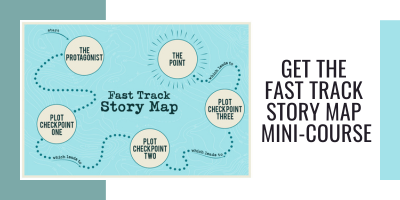

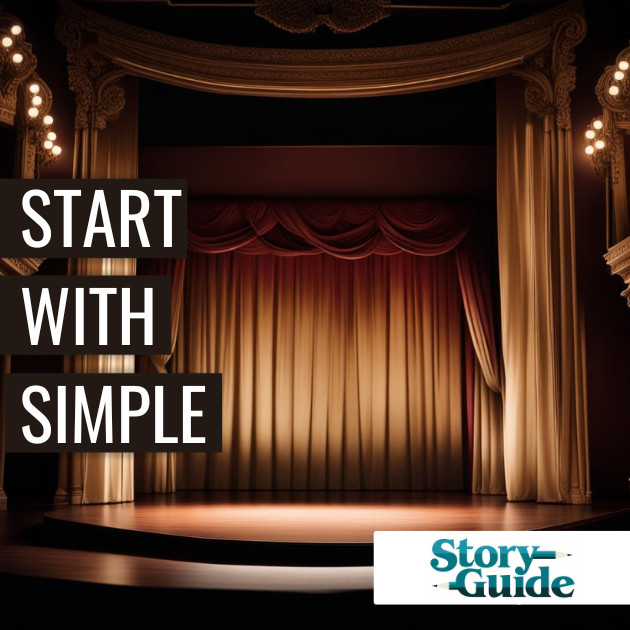
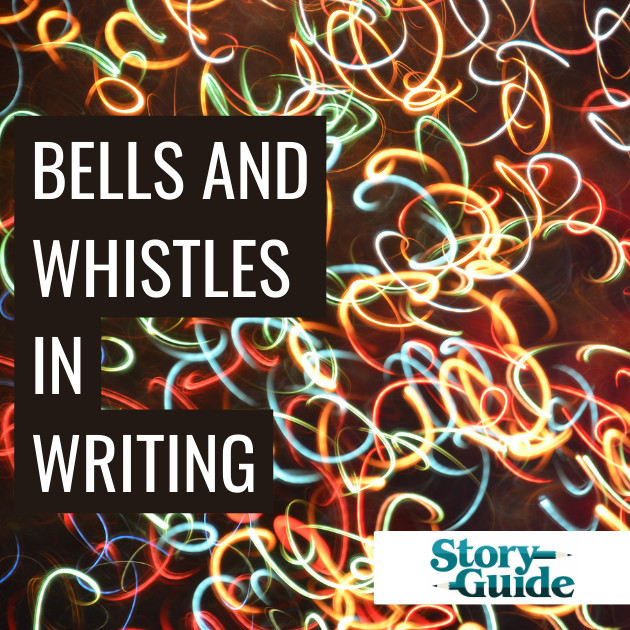
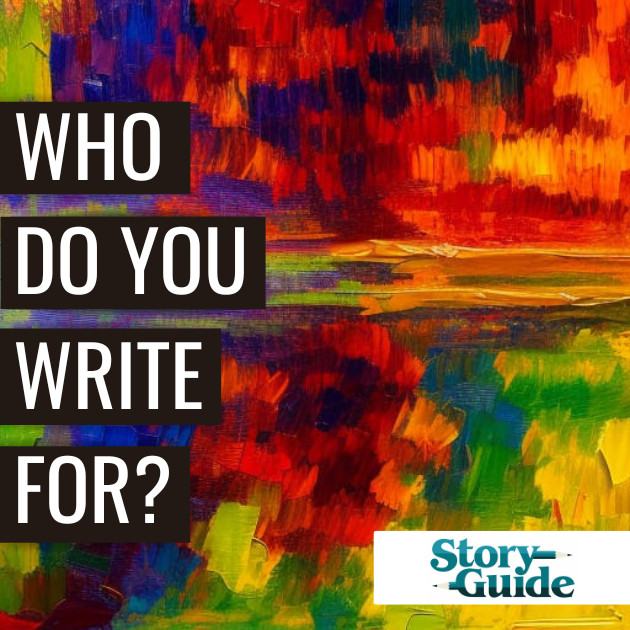
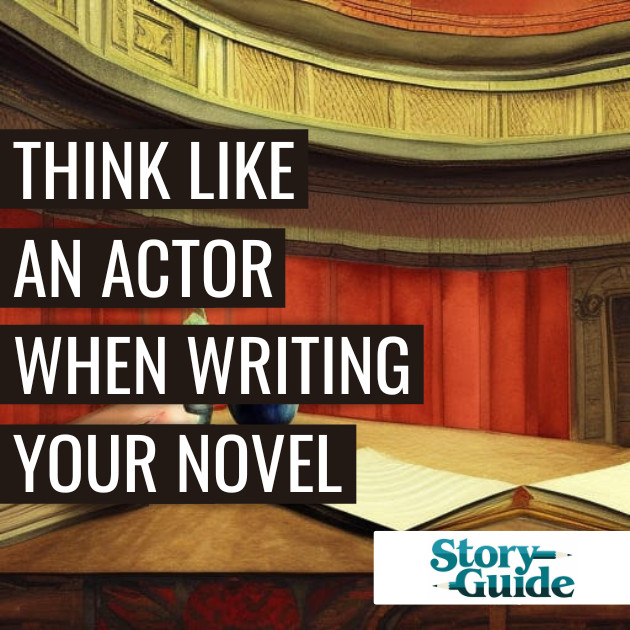
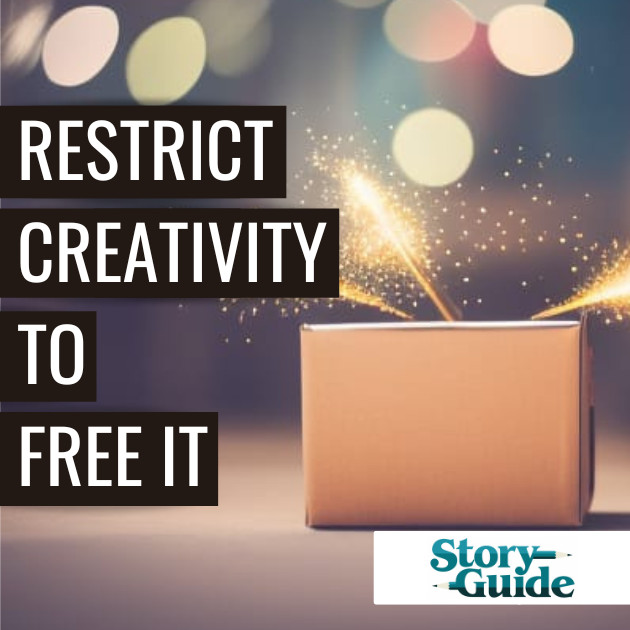

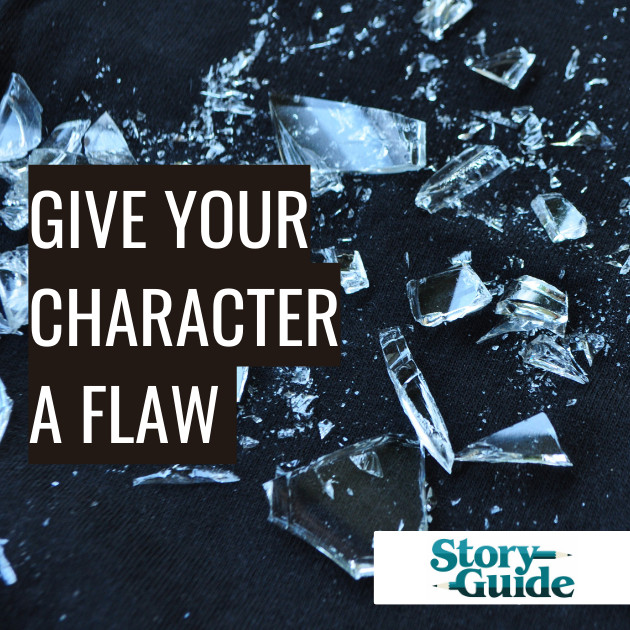
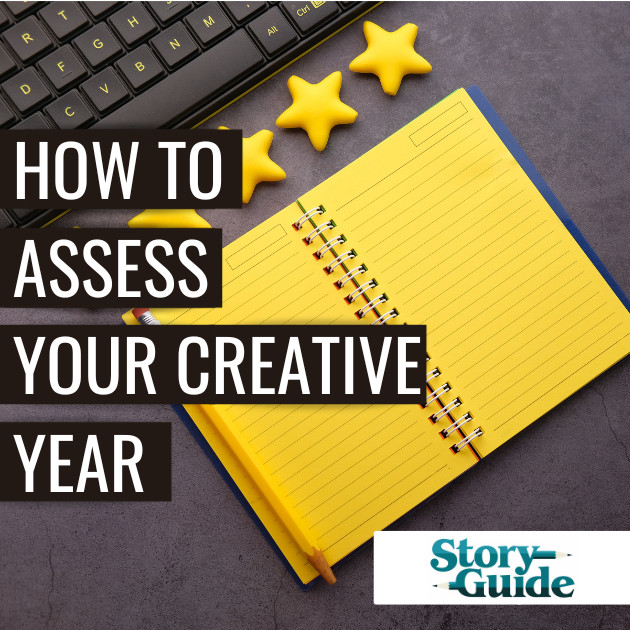
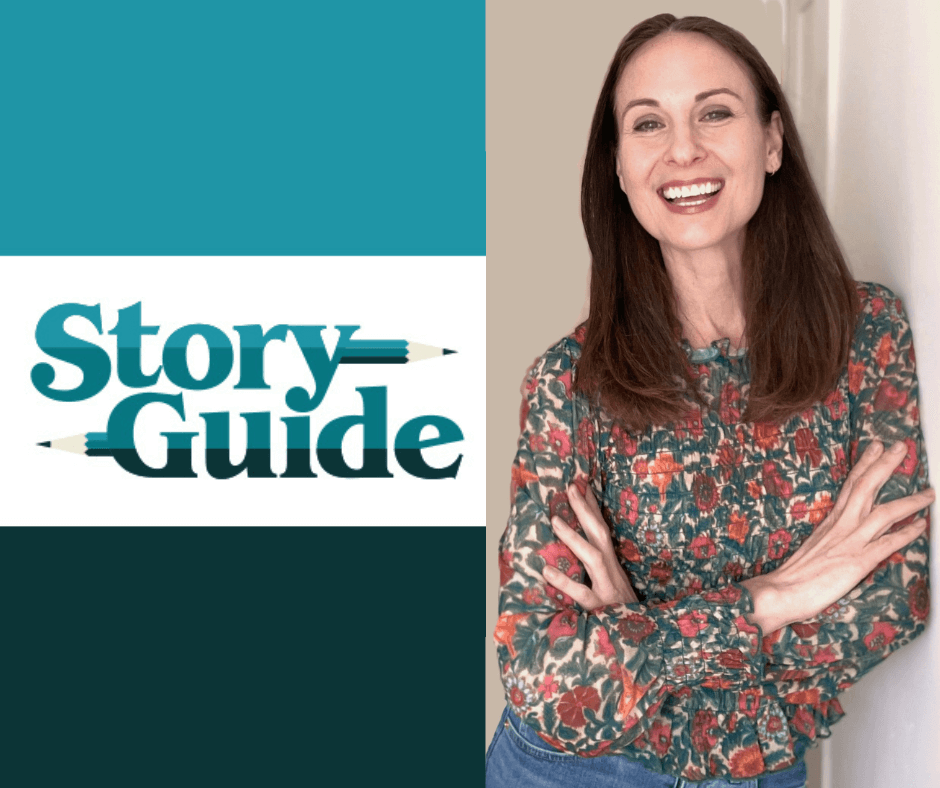
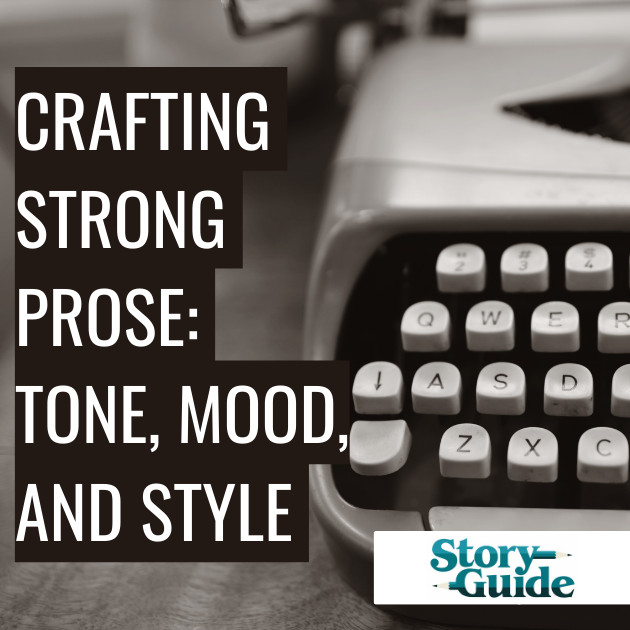
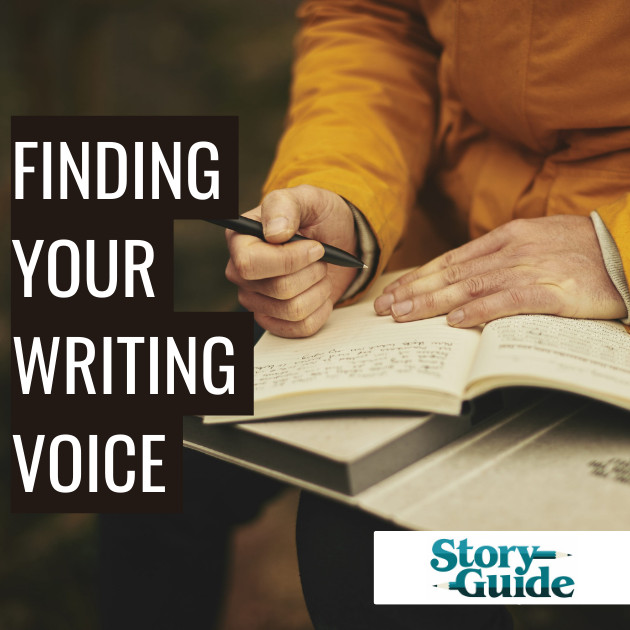
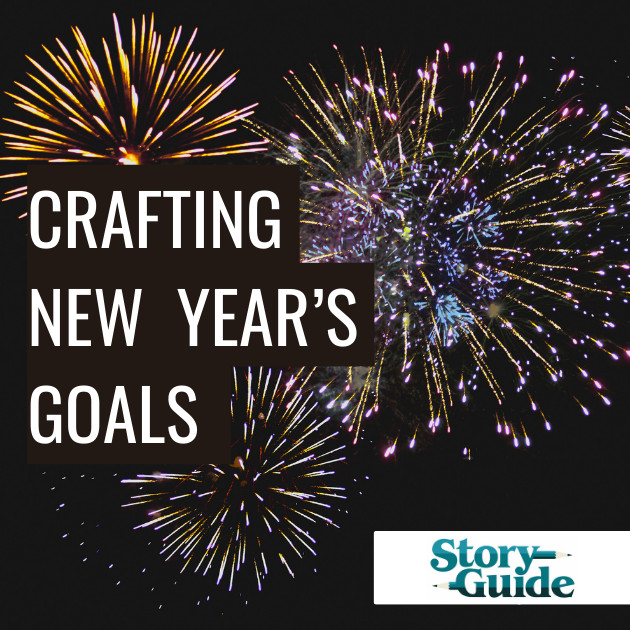



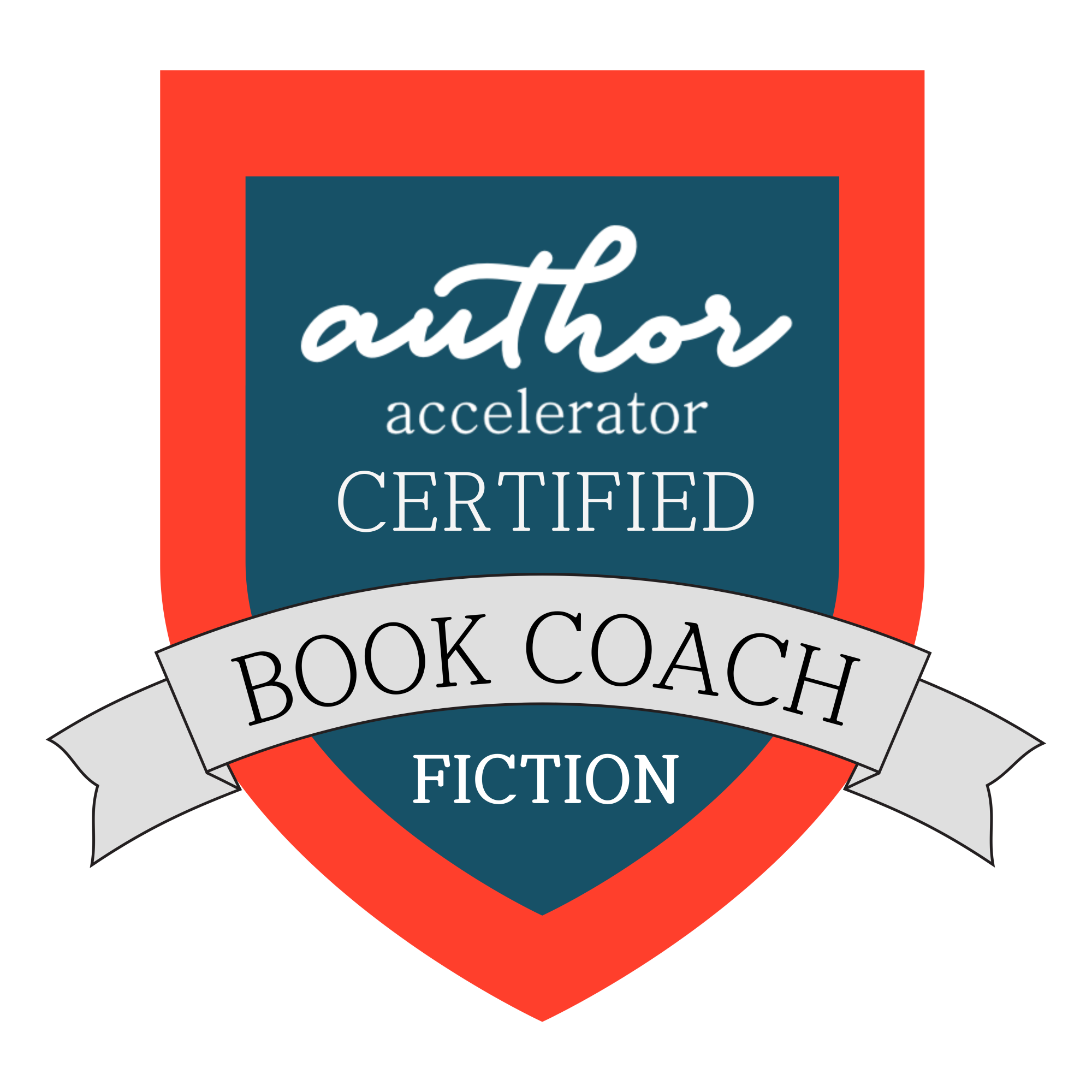
0 Comments